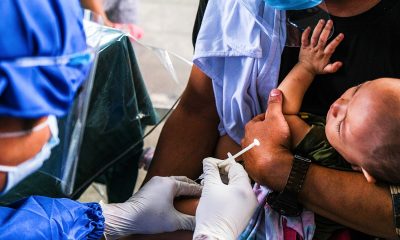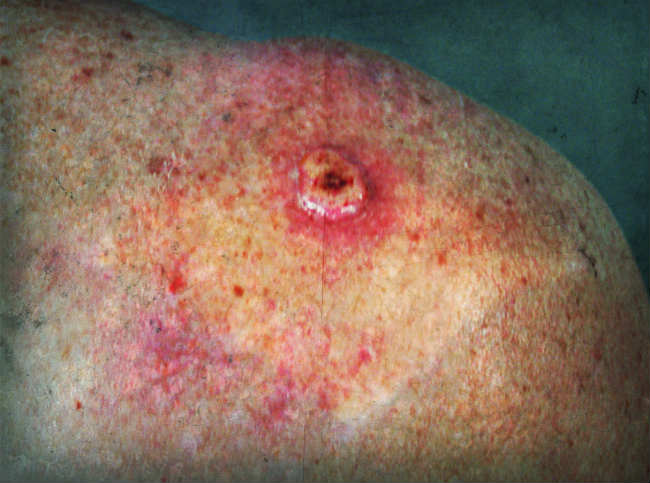Preventing skin cancer isn’t always as simple as wearing sunscreen every day, although it is the most type of cancer that is most treatable if caught early.
Findings have shown that skin tone, family history, and habits from years past can all affect people’s skin cancer risk.
Here are five things you need to know about skin cancer.
Warning signs
Moles, brown spots and growths on the skin are usually harmless — but not always. Anyone who has more than 100 moles is at greater risk for melanoma. The first signs can appear in one or more atypical moles. That’s why it’s so important to get to know your skin very well and to recognize any changes in the moles on your body.
Family history of Melanoma
Melanoma is a type of cancer or tumor that begins as a dark spot or area on the skin. If you have a first-degree relative—a parent, sibling or child—who has had melanoma, your chances of getting it are 50 percent higher, experts said.
Though they recommend that the general population get a yearly skin cancer exam with a dermatologist, adults with a family history of skin cancer should be checked every six months.
The Diameter
Benign moles usually have a smaller diameter than malignant ones. Melanomas usually are larger in diameter than the eraser on your pencil tip (¼ inch or 6mm), but they may sometimes be smaller when first detected. So it is very important to take note of this often.
ALSO SEE: 2 to die for stealing N2,500 handbag
Practice safe sunning
Sunscreen has been proven to reduce the risk of most skin cancers. While people with fair skin may be more likely to develop skin cancer due to sun exposure, people with darker skin tones are at risk as well. Sunscreen protects against sunburn as well as harmful ultraviolet rays that can wreak havoc on your skin on cloudy, overcast or winter days when there is no sunshine. When possible, limit your outdoor activities between the hours of 10am and 2pm when the sun’s rays are strongest
When to seek medical care
Many people, especially those who have fair coloring or have had extensive sun exposure, should periodically check their entire body for suggestive moles and lesions.
Have your primary health-care provider or a dermatologist check any moles or spots that concern you.
See your health-care provider to check your skin if you notice any changes in the size, shape, color, or texture of pigmented areas (such as darker areas of skin or moles.

 Latest5 days ago
Latest5 days ago
 Latest7 days ago
Latest7 days ago
 News4 days ago
News4 days ago
 Energy1 week ago
Energy1 week ago
 Comments and Issues1 week ago
Comments and Issues1 week ago
 Business1 week ago
Business1 week ago
 Latest6 days ago
Latest6 days ago
 Health1 week ago
Health1 week ago





